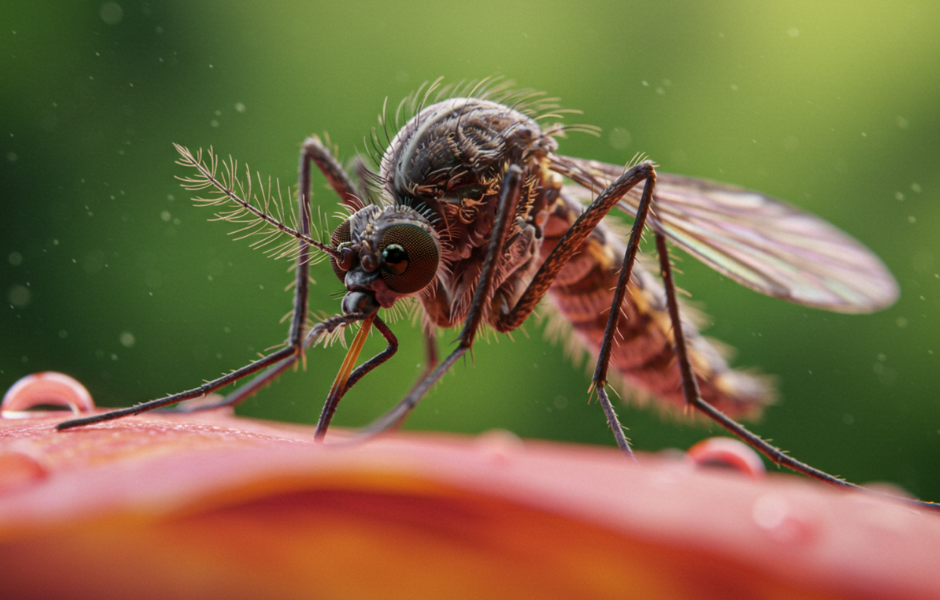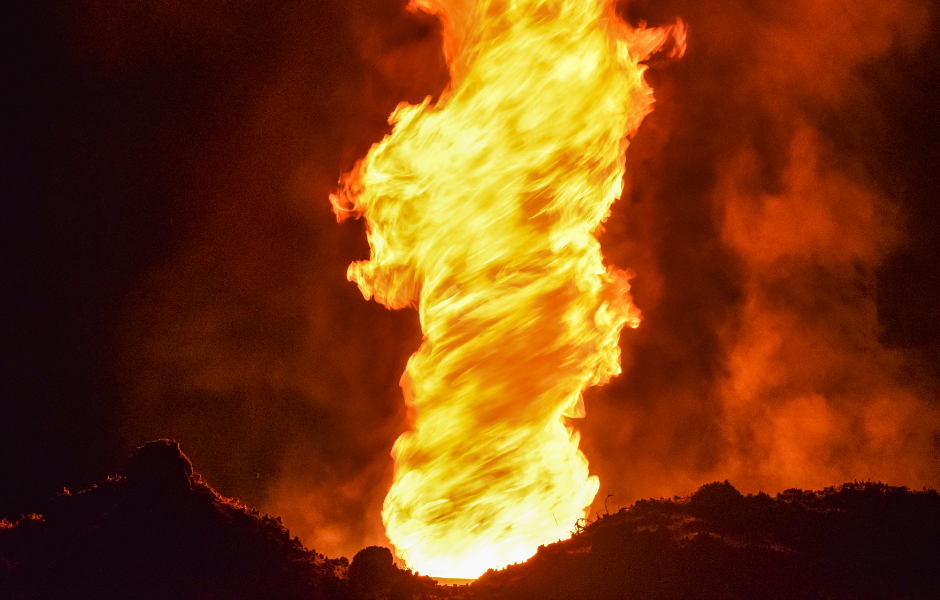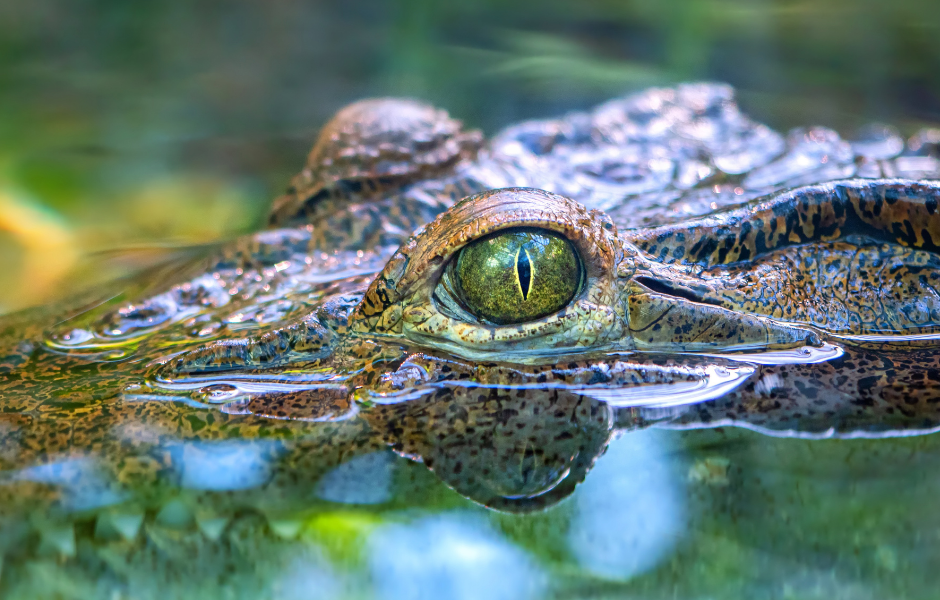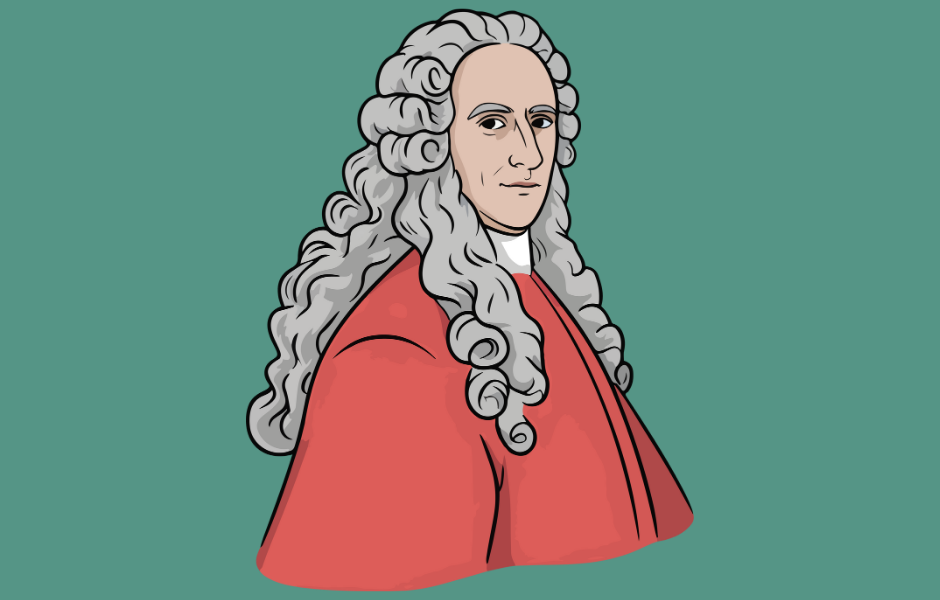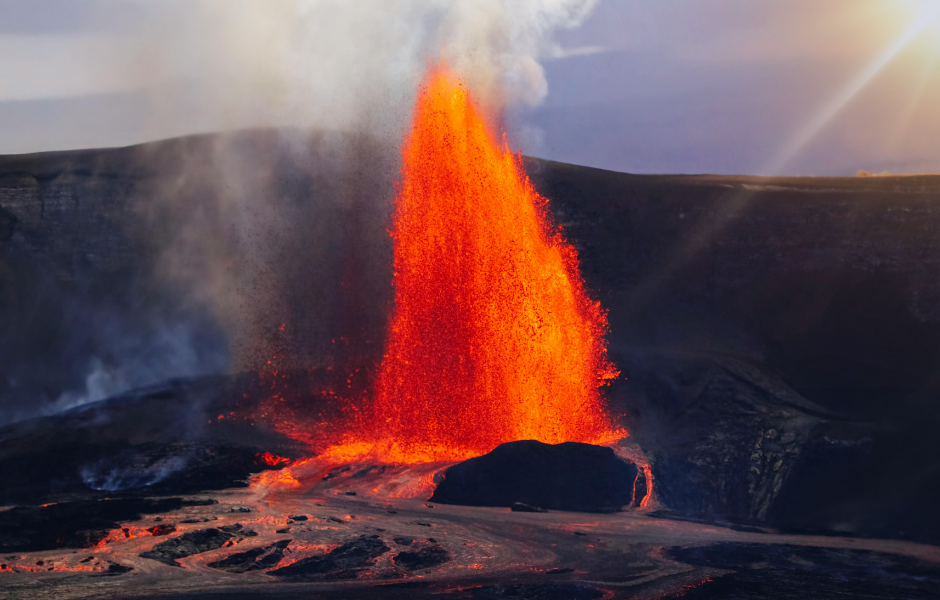
This children’s article, Mount Kilauea, Hawaii’s most active volcano, erupts again!, has been written for native English speakers and learners of English as a second or foreign language. It can help children build vocabulary, learn about volcanoes, and discover one of the most dramatic natural sights in the world. Written by Mark Pulley, a teacher and writer who creates fun and informative news articles for English learners.
One of the world’s most active volcanoes
Hawaii’s world-famous Kilauea volcano has erupted again, shooting glowing fountains of lava up to 150 metres into the sky. This was the 32nd eruption since December 2024, making it one of the most active volcanoes in the world.
The eruption began just after midnight, when lava burst from the north vent of the Halemaʻumaʻu crater. By morning, two more vents had joined in, creating a fiery display that lasted over 13 hours. Luckily, all of the lava stayed inside the summit crater within Hawaii Volcanoes National Park.
Nature’s fizzy drink
So, how does lava shoot so high? Scientists say it’s a bit like shaking a fizzy drink bottle. Deep underground, magma (melted rock) is full of gases. As it rushes upward through narrow pipes, the pressure builds until it pops, and fountains of lava then explode into the sky.
Kilauea has done this a few times before, but it doesn’t happen often. In fact, it’s only the fourth time in 200 years that repeated lava fountains have been seen here. The last time was back in 1983, when there were 44 separate eruptions spread over the space of three years.
Spectacular but dangerous
Thousands of people came to watch the fiery show, with videos flooding social media. Some called it “amazing”, while others admitted they were planning to stay far away from molten rock!
But with the excitement came danger. A visitor trying to get a closer look fell from a cliff near a trail; luckily, a tree broke his fall, and he wasn’t badly hurt. Park officials reminded everyone to stay on safe paths, wear good shoes, and never get too close to volcanic vents.
What happens next?
Scientists aren’t sure what Kilauea will do next. It might stop for a while, or it could change and erupt from new vents lower down the mountain, like it did in the past.
For now, there are still hazards. The volcano is releasing lots of gas, which can form “vog” (volcanic smog) that makes it hard to breathe. Tiny glass-like strands called Pele’s hair and other volcanic ash can also drift on the wind, causing irritation to skin and eyes.
Even so, Kilauea continues to amaze people worldwide. It’s a reminder of the Earth’s awesome power bubbling beneath our feet.
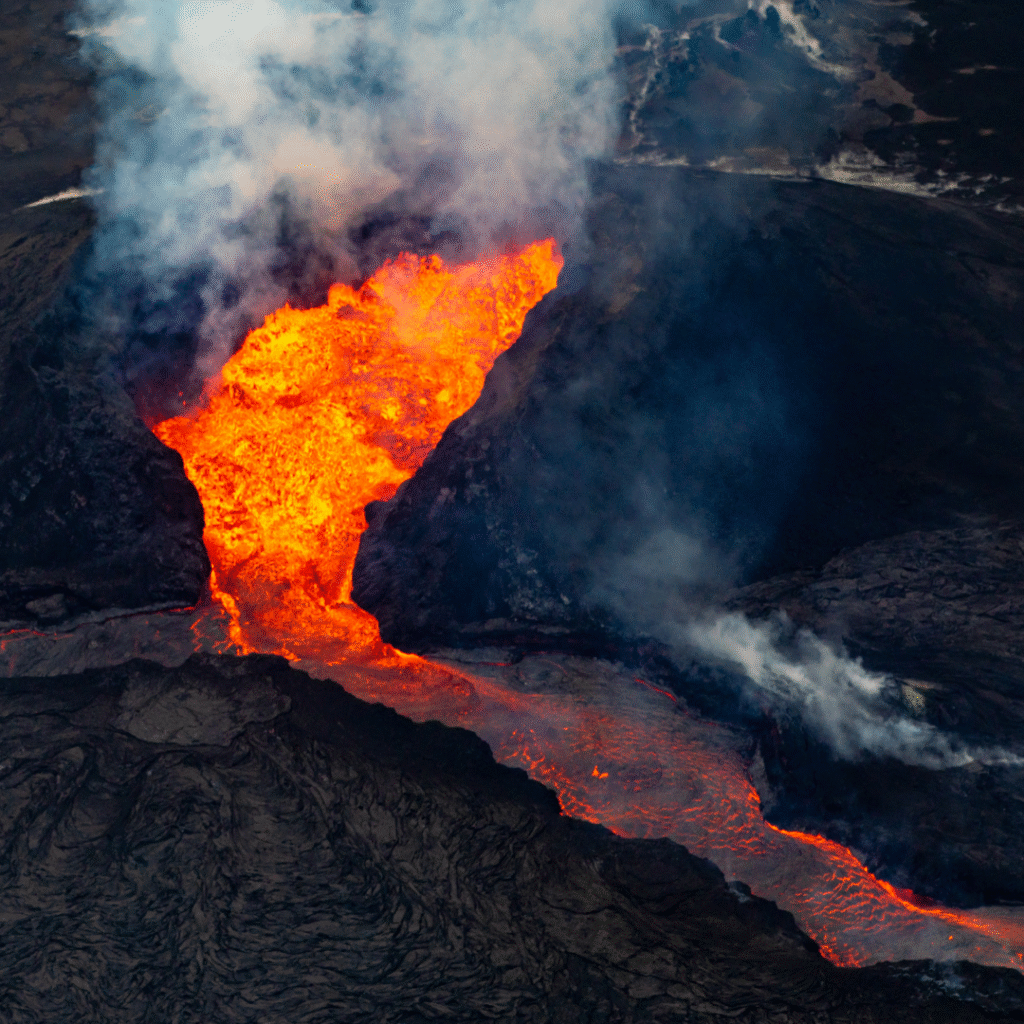
Article vocabulary list
- Crater – a large bowl-shaped hole at the top of a volcano
- Magma – melted rock beneath the Earth’s surface
- Vent – an opening where lava and gases escape
- Fountain – when liquid shoots high into the air
- Summit – the very top of a mountain or volcano
- Vog – volcanic smog made from gases
- Pele’s hair – thin strands of volcanic glass carried by the wind
- Eruption – when a volcano bursts out lava, ash, and gas
Comprehension questions
Just click the plus (+) to see the answer
1. Where is Kilauea volcano located?
A) Japan
B) Hawaii
C) Iceland
Answer: B) Hawaii
2. How tall were the lava fountains in this eruption?
A) 50 metres
B) 150 metres
C) 500 metres
Answer: B) 150 metres
3. What do scientists compare lava fountains to?
A) A water hose
B) Fireworks
C) A fizzy drink bottle
Answer: C) A fizzy drink bottle
4. How many times has Kilauea had repeated lava fountains in 200 years?
A) Four
B) Ten
C) Forty-four
Answer: C) Forty-four
5. What is vog?
A) A type of lava rock
B) Volcanic smog made from gases
C) A Hawaiian dance
Answer: B) Volcanic smog made from gases

Mark is a writer and EFL teacher from England with eight years’ experience. He’s passionate about travel, sport (especially football), animals, nature, and history, and enjoys helping children explore the world through language and learning.

